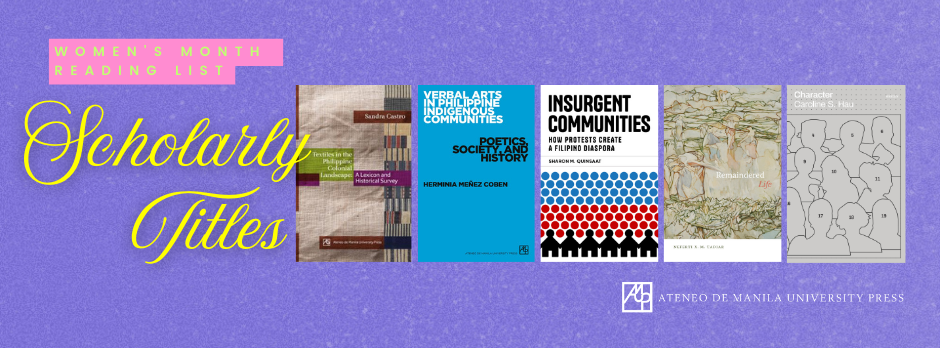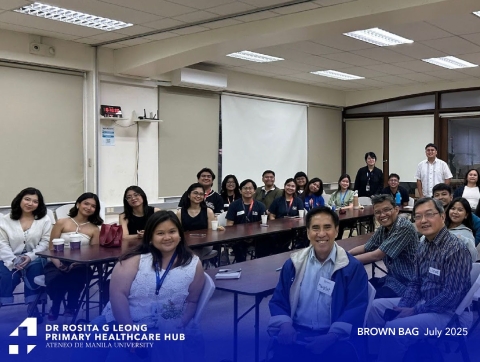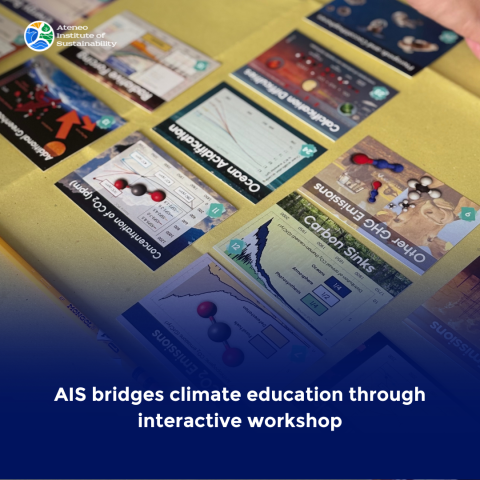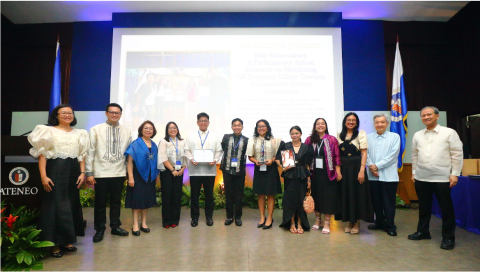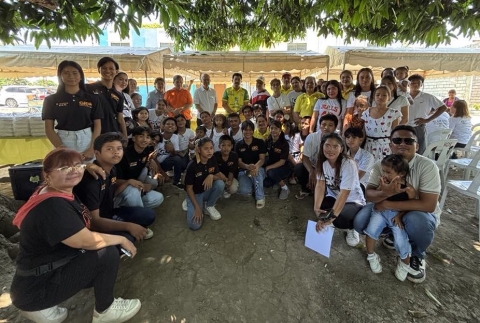Women's Month Reading List: Scholarly Titles
26 Mar 2025 | Ateneo University Press
Women’s Month is all about appreciating and amplifying the different ways women see the world and its complexities. It is a time to honor their efforts at in-depth research and discussion on diverse, relevant, and interesting issues. We’ve compiled a list of scholarly works that showcase the breadth and depth of their knowledge and expertise in various disciplines.
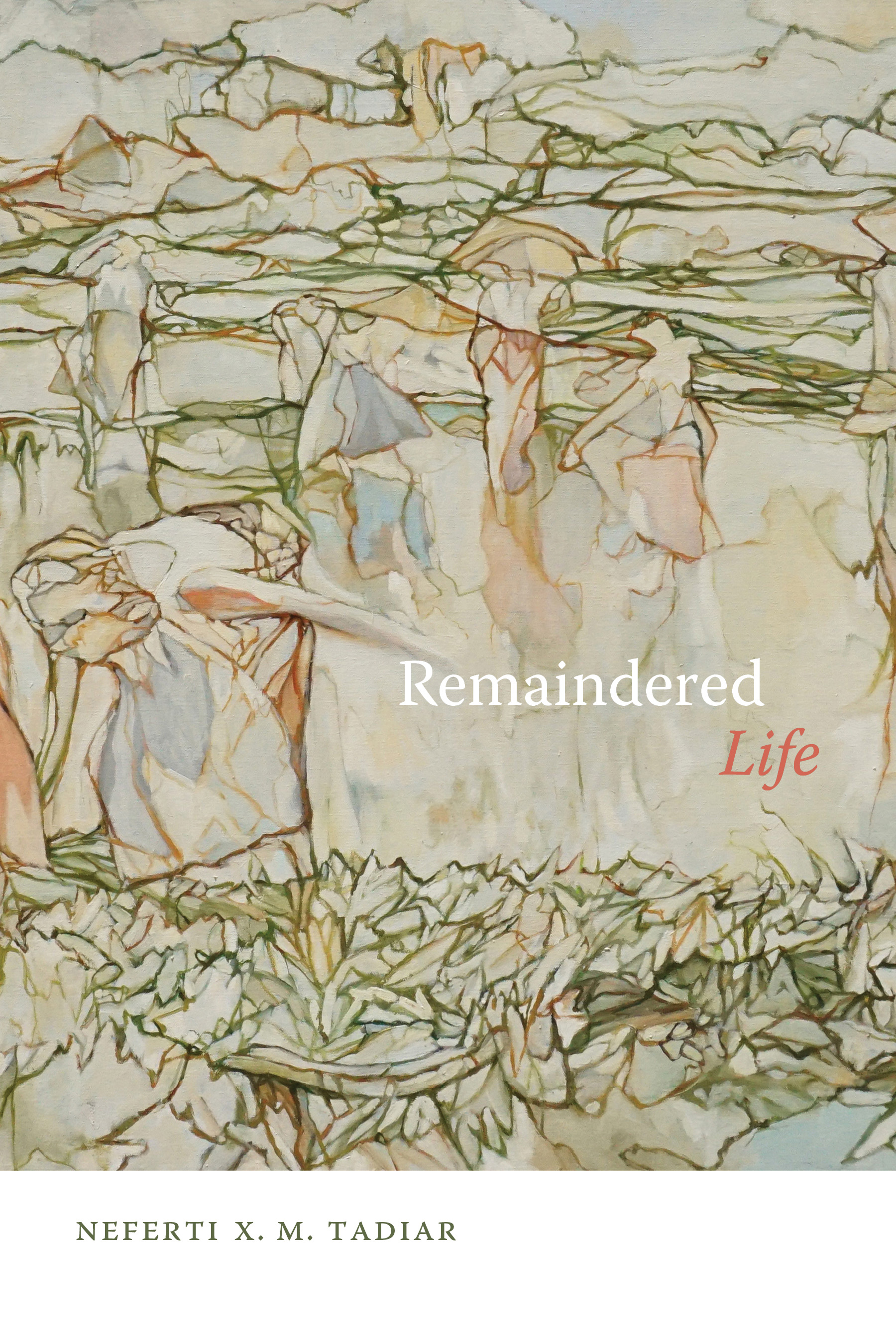
Remaindered Life
By Neferti X. M. Tadiar
Neferti Xina M. Tadiar is an award-winning Professor of Women's, Gender, and Sexuality Studies at Barnard College. She has authored two other books: Things Fall Away: Philippine Historical Experience and the Makings of Globalization (2009) and Fantasy-Production: Sexual Economies and Other Philippine Consequences for the New World Order (2004). As an educator and researcher, she has dedicated her career to exploring both contemporary and historical Philippine and Filipino cultures, examining their connections to political and economic shifts, and tackling wider issues of gender, race, and sexuality within the contexts of colonialism, nationalism, transnationalism, and globalization.
Remaindered Life offers a new way of understanding the machinations of capitalism as it intersects with issues of colonization, modernity, globalization, and neoliberalism. Tadiar introduces the term “remaindered life,” which are practices of living that exceed the distinction between life worth living and life worth expending. The book examines the lives of migrant domestic and service workers, refugees affected by climate change and war, criminalized communities, urban slum dwellers, and dispossessed Indigenous people—those who have been pushed to the margins of society yet creatively continue on amidst disposability.
Get your copy in paperback: Website | Lazada and Shopee
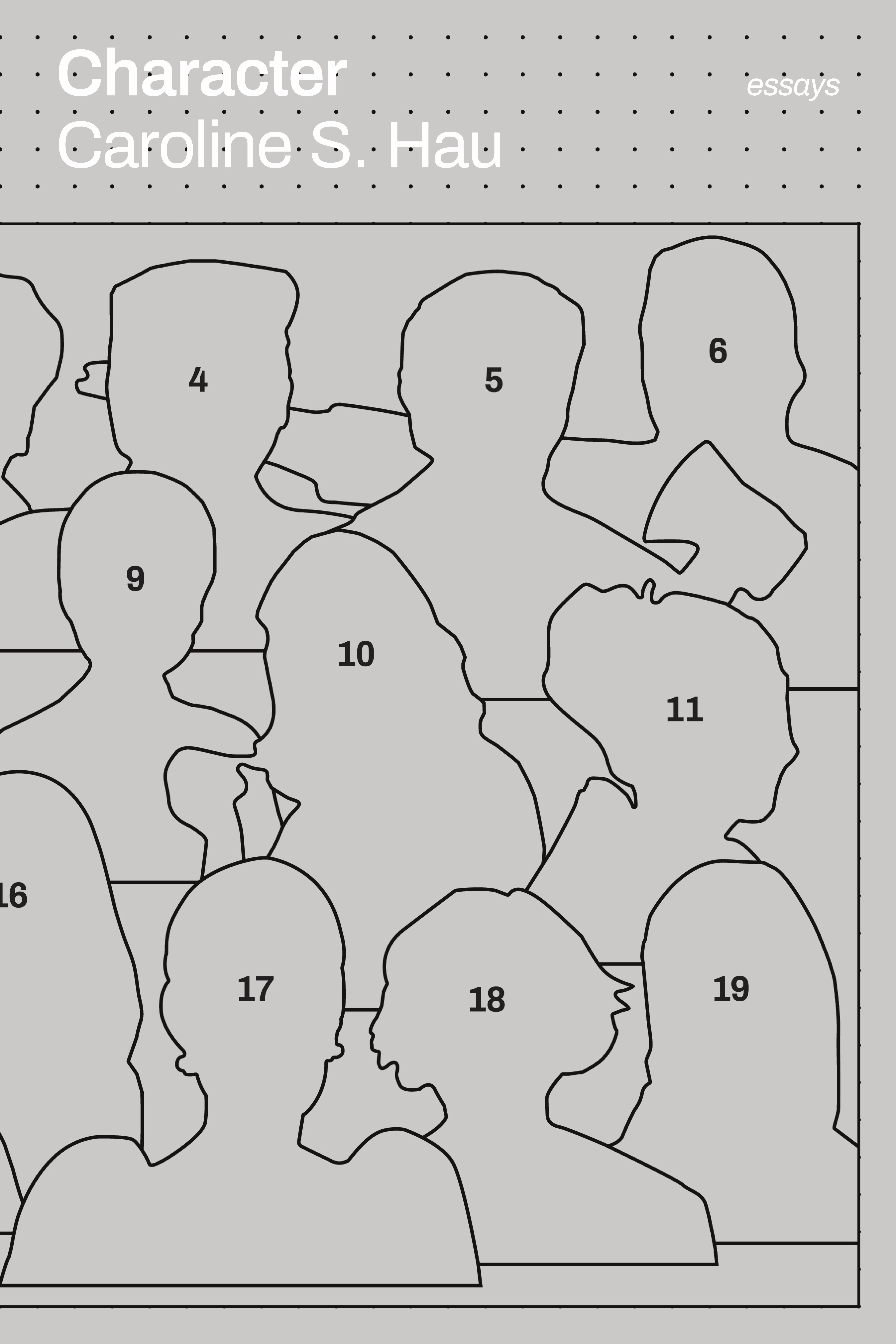
Character
By Caroline S. Hau
Caroline S. Hau has authored many books on Filipino culture and literature, as well as fiction: Necessary Fictions: Philippine Literature and the Nation, 1946—1980 (2000), On the Subject of the Nation: Filipino Writings from the Margins, 1981—2004 (2004), The Chinese Question: Ethnicity, Nation and Region In and Beyond the Philippines (2014), Recuerdos de Patay and Other Stories (2015), Elite: An Anthology (Ed. with Katrina Tuvera and Isabelita O. Reyes) (2016), Elites and Ilustrados in Philippine Culture (2017), and Tiempo Muerto: A Novel (2019). She currently serves as Professor of Southeast Asian literature at the Center for Southeast Asian Studies in Kyoto University.
Character explores and studies the complexities of a variety of characters from Rizal heroine Maria Clara to president’s mistress Dovie Beams, from tidying expert Marie Kondo to kasambahay Eudocia Tomas Pulido, along with women warriors, tiger mothers, lifestyle gurus, bestselling authors, misbehaving presidents, an outlier country called the Philippines, and a serial killer or two. These compelling and sometimes controversial characters, and the debates surrounding them, hold a mirror to the multitude of issues that afflict our country today. This book is a unique and unconventional blend of scholarly analysis and literary creativity, redefining the essay as a genre along the way.
Get your copy in paperback: Website | Lazada and Shopee
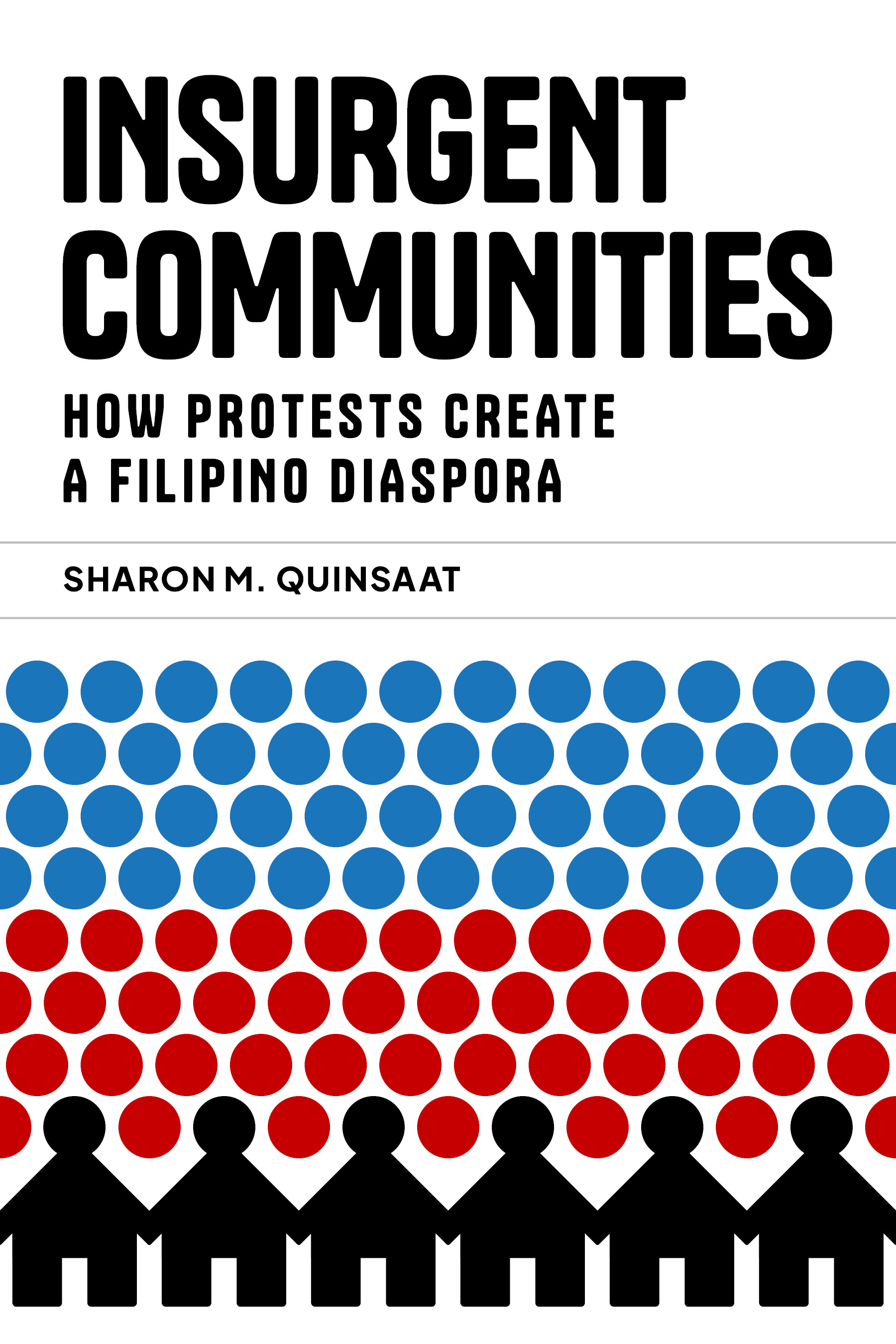
Insurgent Communities: How Protests Create a Filipino Diaspora
By Sharon M. Quinsaat
Sharon M. Quinsaat is an Associate Professor in the Department of Sociology at Grinnell College, with affiliations in American Studies, Education Studies, Film and Media Studies, Global Development Studies, and Peace and Conflict Studies, where she is Chair in 2023-2024. She is dedicated to studying social movements, immigrant and diaspora politics, race and ethnicity, and media discourse from a global and transnational perspective.
Insurgent Communities argues against the homogeneity of diaspora communities and instead advocates for them to be seen through a political lens wherein they are forged through contention, negotiation, conflict, and mobilization. Intertwined within the text is the overarching context of global capitalism, state power, and racialization. Quinsaat delves into the lives of Filipinos in the United States and the Netherlands and their shared experiences of struggle, solidarity, and belonging, which fueled these social movements—the struggle against the Marcos dictatorship, the fight for migrants’ rights, and the formation of a collective memory of that authoritarian regime.
Get your copy in paperback: Website | Lazada and Shopee
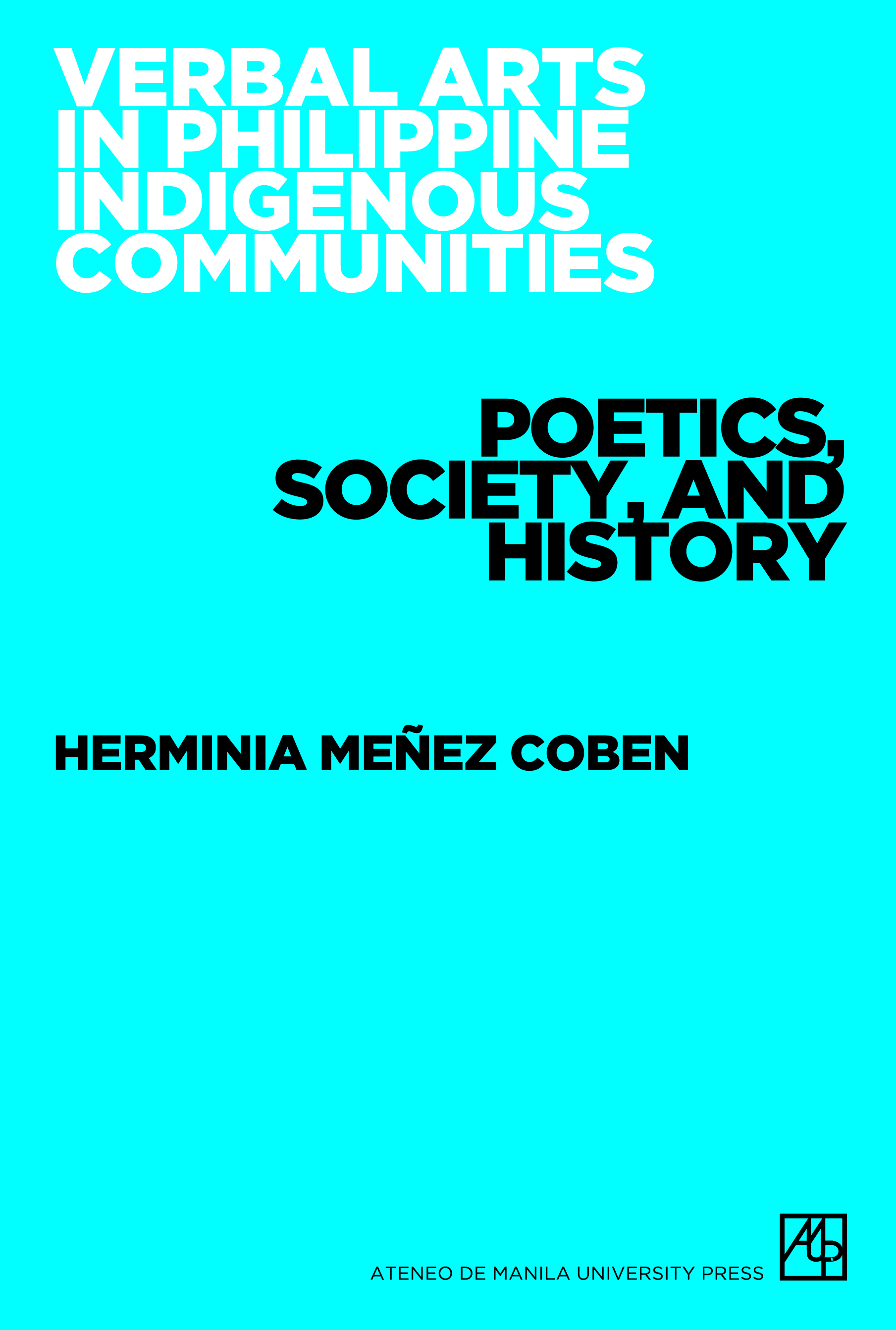
Verbal Arts in the Philippine Indigenous Communities: Poetics, Society, and History
By Dr. Herminia Menez Coben
Dr. Herminia Menez Coben was the first Filipino to graduate from the Folklore and Folklife Department at the University of Pennsylvania. She was also Professor of American Multicultural Studies at California State University, Sonoma, and taught “Philippine Folklore and Society at the University of California, Los Angeles. She is the author of Folklore Communication among Filipinos in California (1980) and Explorations in Philippine Folklore (1996).
Verbal Arts in the Philippine Indigenous Communities collects observations and records of verbal poetic performances such as proverbs, riddles, ritual boasts, chants, myths, epics, and other forms of verbal art associated with ten Philippine Indigenous communities, namely the Isneg, Kalinga, Ifugao, Kankanay, Mangyan, Subanon, Bukidnon, Bagobo, Tausug, and Sama Dilaut. The book showcases that these communities not only use these aesthetic practices for celebrations but also for engaging with the world outside their territories, dealing with issues such as ecology, gender, ethnicity, and social class.
Get your copy in paperback: Website | Shopee and Lazada
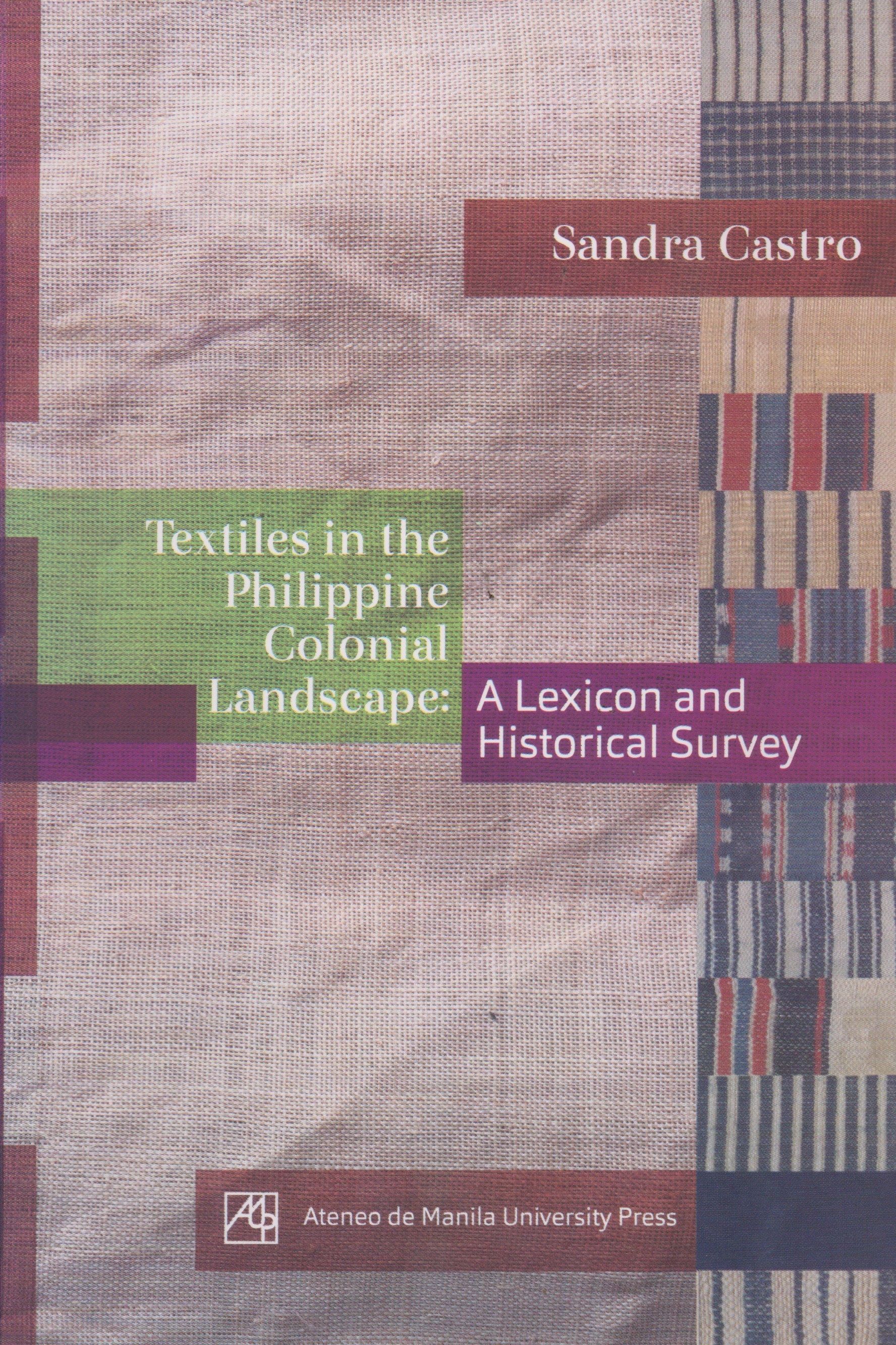
Textiles in the Philippine Colonial Landscape: A Lexicon and Historical Survey
By Sandra Castro
Sandra Castro began collecting textile terms as researcher, then curator, at the Intramuros Administration. After completing a thesis on the piña embroideries at the Victoria and Albert Museum, she wrote Nipis as well as exhibition catalogs and encyclopedia articles on Philippine colonial textiles, costume, and embroidery.
Textiles in the Philippine Colonial Landscape utilize primary and secondary sources from the eighteenth to nineteenth centuries, as well as a wealth of related literature to uncover the story of the textile trade in the Spanish colonial Philippines. At just 140 pages, readers will be given an extremely informative introduction on colonial trade and economy which shaped Philippine textile culture.
Get your copy in paperback: Website | Shopee and Lazada




